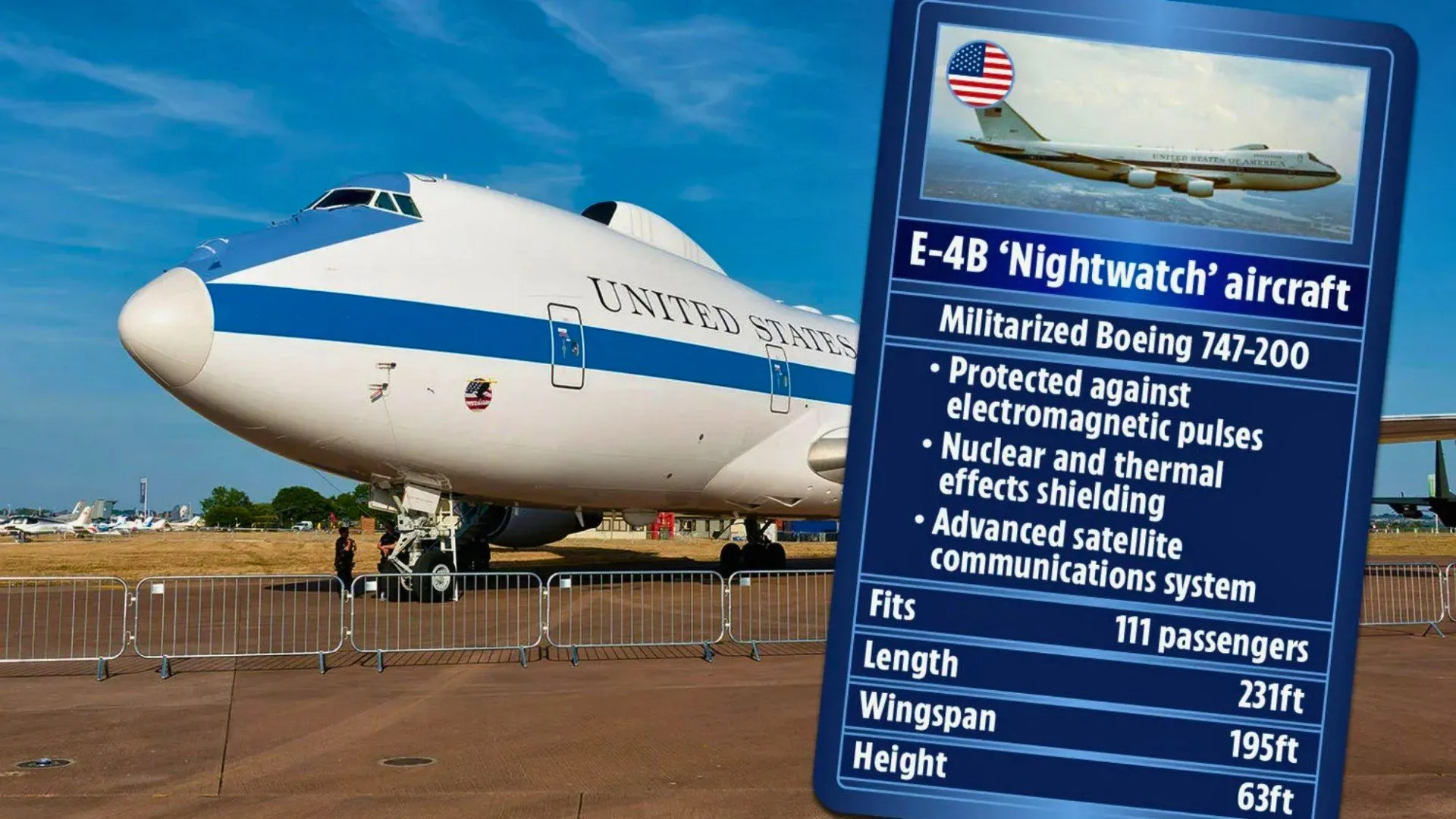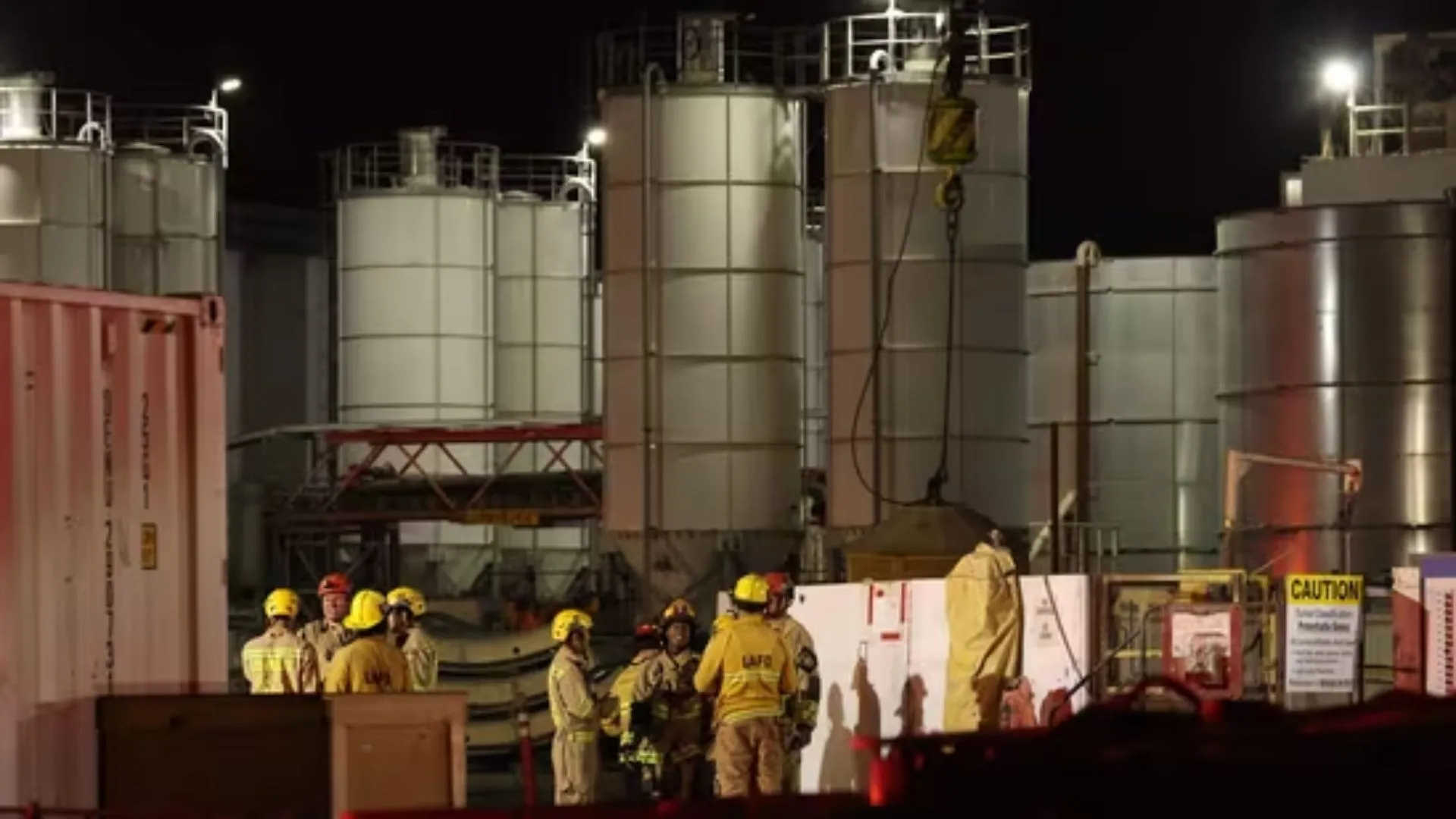Doomsday Plane E-4B in Washington DC has raised public alarm as the rare military plane landed at Joint Base Andrews. This top-secret airborne command center is seen on occasions of crisis, normally during international crises. The latest landing is during the full-scale Israel-Iran war.
Although the US Air Force describes such deployments as “routine,” the sudden sight near the capital has raised speculation regarding a possible major escalation in West Asia.
What is the Doomsday Plane?
The US Air Force significantly modified a Boeing 747-200 to create the E-4B Nightwatch, or Doomsday Plane. It is the National Airborne Operations Center (NAOC) in times of nuclear war or national crises. While in flight, it is a flying Pentagon.
Historic Appearances Raise Questions
The E-4B does not often make public appearances. But during the 9/11 attacks, one was seen flying low near the White House. Reporters at the time called the scene “surreal.” Secret Service agents were visibly on edge, and the presence of the plane contributed to the pandemonium.
Author Mark H Gaffney’s article coined the plane’s 9/11 flyover as “unexplained.” Reporters such as John King and Bob Kur cited how strange it was to witness such a plane in the restricted airspace.
Why Was It in DC Now?
This week, social media erupted when the Doomsday Plane arrived in Washington, DC. It came as Israel and Iran are directly engaged in military combat. In an escalating atmosphere, many believe the US is gearing up for any spillover.
Nevertheless, the US Air Force insists that one of its four E-4Bs is always on “alert status.” The planes need to be capable of taking off at short notice, even in the absence of a current crisis.
A Symbol of Readiness, Not War
The Doomsday Plane does not fire nuclear missiles. It merely facilitates communication and command. Although it causes apprehension when seen, specialists understand it as a tangible manifestation of war-readiness rather than an omen for war.
Designed For Cold War, Still Relevant Today
The US developed the E-4B in the 1970s during the Cold War to ensure retaliation in case of a nuclear attack by the USSR. In those days, one E-4B was always airborne. The aircraft are still on ground standby, but not always airborne, nowadays.






















